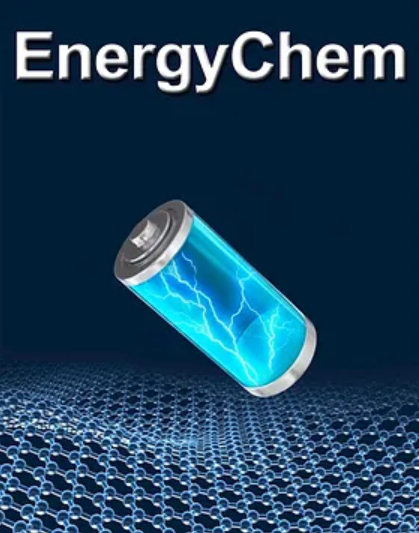Controlling rhodium-based nanomaterials for high-efficiency energy-related electrocatalysis
IF 22.2
Q1 CHEMISTRY, MULTIDISCIPLINARY
引用次数: 0
Abstract
The design and control of rhodium (Rh)-based nanomaterials have become critical strategies for enhancing electrocatalyst performance in energy-related applications. Recent advancements in this field have led to the development of diverse Rh-based nanostructures with tailored properties, achieving significant improvements in catalytic efficiency and durability. Thus, a comprehensive understanding of Rh-based nanomaterials, and their roles in electrocatalysis is vital for advancing future research and application. This review systematically summarizes design strategies and structural characteristics of various Rh-based nanomaterials, including three-dimensional (3D), two-dimensional (2D), one-dimensional (1D), zero-dimensional (0D) structures such as clusters and single-atom catalysts. Additionally, we highlight electrochemical performance enhancement strategies through catalyst design, including surface and interface engineering, strain engineering, defect engineering, and alloying effect. Furthermore, we discuss their applications in critical electrocatalytic reactions, including water electrolysis, nitrogen cycle processes, and fuel cell cathode and anode reactions, while analyzing their structure-activity relationships and mechanisms. This review serves as a critical link between material design and electrocatalytic performance of Rh-based nanomaterials, offering an invaluable reference for researchers in the field. Finally, we also identify key challenges and propose future opportunities to inspire the rational design of Rh-based catalysts for sustainable energy technologies.

求助全文
约1分钟内获得全文
求助全文
来源期刊

EnergyChem
Multiple-
CiteScore
40.80
自引率
2.80%
发文量
23
审稿时长
40 days
期刊介绍:
EnergyChem, a reputable journal, focuses on publishing high-quality research and review articles within the realm of chemistry, chemical engineering, and materials science with a specific emphasis on energy applications. The priority areas covered by the journal include:Solar energy,Energy harvesting devices,Fuel cells,Hydrogen energy,Bioenergy and biofuels,Batteries,Supercapacitors,Electrocatalysis and photocatalysis,Energy storage and energy conversion,Carbon capture and storage
 求助内容:
求助内容: 应助结果提醒方式:
应助结果提醒方式:


